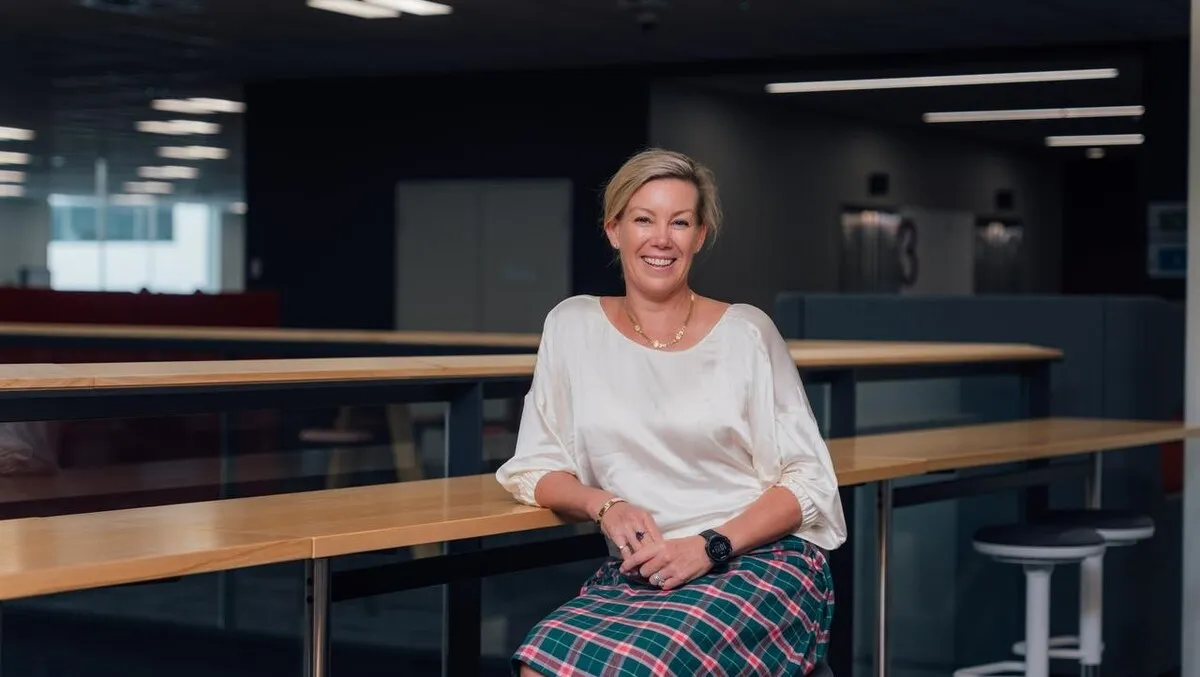During the height of the pandemic, the push to the cloud gained pace – and with good reason. The value of having an agile platform for business was suddenly more apparent, and many organisations sought to rapidly modernise their applications and platforms to become true "cloud-first operations".
Budgets were approved and many CFOs saw some appealing cost savings on the horizon, stemming from outsourced infrastructure, reduced capital expenditure and maintenance, energy savings, eliminating redundancies (with cloud providers offering replication of your data across multiple data centres, replacing the need for additional investment in back-up hardware), a smaller in-house IT team, and consumption-based pricing models where you only pay for what you use.
But not all these savings have eventuated. So with businesses squaring up to face tough economic headwinds in 2023, now is the time to understand why your cloud costs might be stacking up on the wrong side of the ledger and how to bring them under control.
One of the issues is the idea of a consumption-based pricing model versus the reality. It sounds great because you "only pay for what you use", but – in the same way, it is easy to rack up monthly power and data costs for your household – unless your organisation is scrutinising its monthly resource needs, optimising usage, and taking advantage of the scale and flexibility offered by the cloud, it is easy to end up paying much more than anticipated.
To wrestle back control of cloud costs, businesses need to focus on FinOps or cloud financial operations: an approach which sees your IT and DevOps experts working with purchasing, finance and other teams across the organisation to understand and manage (and take shared responsibility for) your cloud infrastructure and costs.
FinOps let you gain the maximum business value from using the cloud by making data-driven spending decisions.
At Datacom, FinOps are becoming central to how we help our customers use our private cloud platform, as well as the big three public cloud providers – AWS, Google Cloud Platform and Microsoft Azure.
At the core of this approach is application lifecycle management, a series of tools and processes that ensure you are accessing the most appropriate software licences, service plans and warranties. It considers things like virtual machine utilisation, data storage levels, and even individual transaction costs to allow for ongoing optimisation.
Initial enthusiasm for the economic case for all things cloud has waned in many cases as organisations start to more closely evaluate the medium to long-term business value being delivered, but rather than executing a hasty retreat CFOs should look to FinOps for hard data on where cloud spending is delivering value. You can also evaluate opportunities for the cloud to deliver more value through smarter data analytics, machine learning and business process automation.
There is no question that establishing cloud-first operations can yield significant gains and create a truly agile business, but the critical misconception that took hold in the rush towards the cloud is that after making the move, organisations can simply set and forget and still cut costs, secure their data and realise value.
Simply migrating to the cloud is not the magic bullet. Using FinOps, you can drill down into where the cloud is delivering value and where things need to change.
The perfect solution for your organisation could end up being a mix of public and private cloud, or it could require better, more proactive management of your data and apps. Or both. To find the right answer, you and your team will have to dig into the data.


